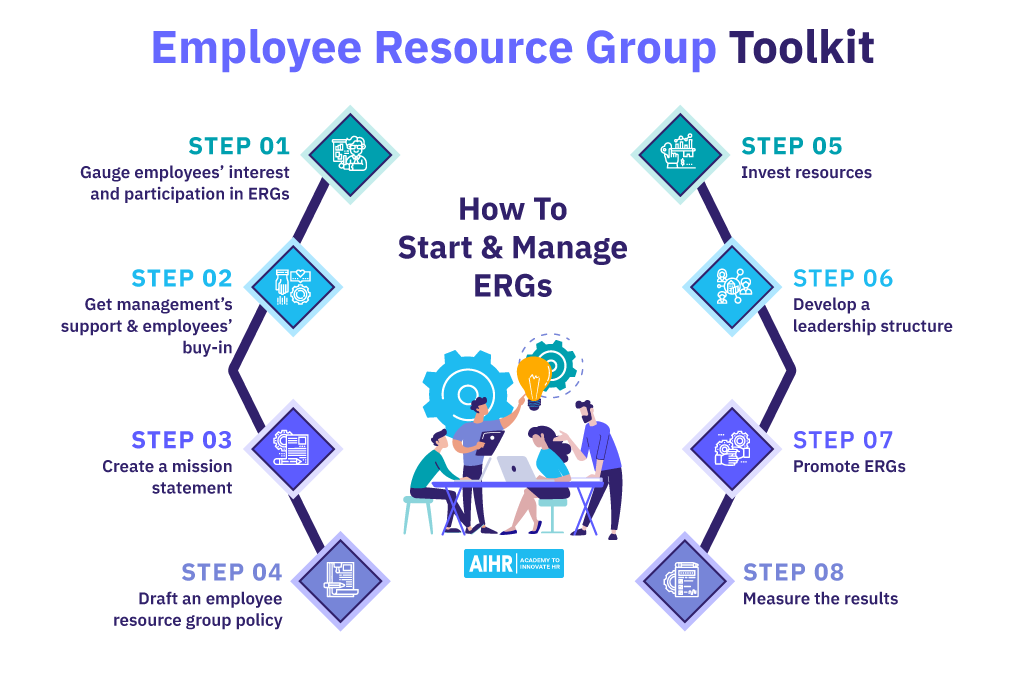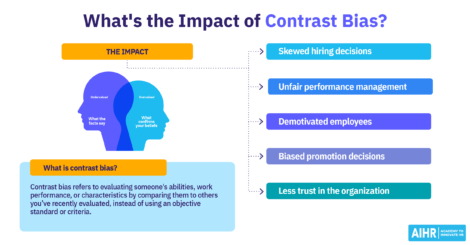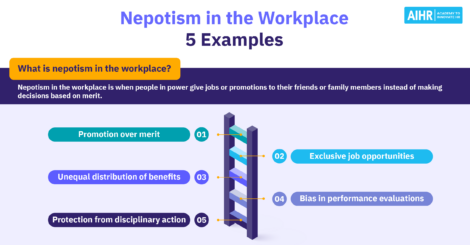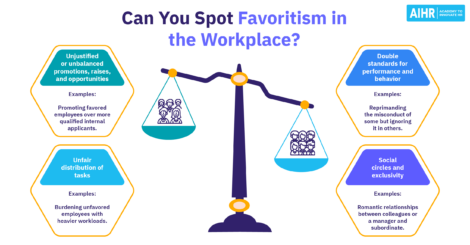Employee Resource Group Toolkit: An Essential Guide

The employee resource group toolkit is a step-by-step guide for building, managing, and tracking worker-led teams tied to the DEIB goals of an organization. As 90% of Fortune 500 companies invest in ERGs, having a blueprint that helps shape them into valuable initiatives that contribute to business success is essential.
Let’s take a look at an effective employee resource group toolkit that will help you create and manage effective ERGs.
Contents
What is an employee resource group?p
How are ERGs impacting the workplace?
Employee resource group toolkit: How to start and manage ERGs
FAQ
What is an employee resource group?
ERGs are voluntary, worker-led, and employer-sponsored teams. ERG members share a cultural and social identity. And many are underrepresented or from marginalized groups in the workforce.
Organizations tie ERGs to their DEIB goals and overall employment practices.
ERGs evolved from affinity groups, which are less formal, have little to no organizational sponsorship, and can also be based on personal interests.
Some workplaces call ERGs “diversity and inclusion councils” or “employee networks.” A growing trend among companies like Capital One is the transition from ERGs to business resource groups (BRGs). BRGs are tied directly to a company’s bottom line. Some companies transitioned to BRGs so that employees who aren’t culturally connected can join a group as an ally.
What are the most common ERGs?
Protected classes make up a large share of ERGs. The most common groups and their sponsors are:
- LGBTQ+ employee resource group – Pride at Adobe
- Black professionals – Black Networking Alliance at Dell Technologies
- Women – Women’s Success and Empowerment at Raytheon Technologies
- Employees with disabilities – Abled & Disabled Employees Partnering Together (ADEPT) at Caterpillar
- Latino employees – TODOS at Toyota Motor North America
- Asian Americans – Asian Leadership Network at AbbVie
- Past and current military personnel – Warriors at Amazon.
Companies sponsor issue-oriented ERGs, as well. For example, Dell addresses family, spirituality, and climate change through its Family Balance, Interfaith, and Planet ERGs.
Multiple ERGs are the norm in some organizations. A notable example is Walmart. The retail giant, with 2.1 million employees worldwide, has nine ERGs, or “associate groups.”
ATT is high on the list, with 26 employee groups (EGs).
How are ERGs impacting the workplace?
The Society for Human Resource Management (SHRM) reported that companies with well-designed DEIB programs sponsor ERGs to improve their business by:
- Making sure employees have a chance to be heard, valued, and engaged
- Helping employees better understand their customers
- Providing workers insight into how businesses work and grow.
ERGs are also gaining popularity in hiring and recruiting circles. An Indeed Harris Poll survey of 1,140 workers found that references to ERGs in job postings grew by a staggering 497% between 2019 and 2023.
Points of Light, a people empowerment advocate, credits ERGs with helping businesses meet their goals for philanthropy, volunteerism, and community service.
Research results from Great Place To Work found that employees regardless of race, gender, sexual orientation, or age, who believe they’ll be treated fairly were:
- 10 times happier about going to work than their coworkers
- Five times more likely to want to remain longer with their employer.
When evaluating ERGs’ impact on employees, sponsors should keep in mind the “4Cs of ERGs” by Robert Rodriquez, PhD. The basic Cs are:
- Culture: Educating and raising awareness among non-ERG members and fostering their allyship with ERG members.
- Communication: Keeping employees informed and up to date on changes in the organization and creating opportunities for collaboration between ERG members and management.
- Commerce: Involving ERGs in making sure a company’s products and/or services are meeting their communities’ needs.
- Career: Diversifying the talent pipeline and advancing the professional development of underrepresented employees.
The 4Cs of ERGs vary by organization or institution. But a four-point combination of culture, careers, commerce, community, and communication meets the general definition.
Employee resource group toolkit: How to start and manage ERGs
This seven-point blueprint guides you through the process of building, managing, promoting, and measuring ERGs.
Step 1: Gauge employees’ interest and participation in ERGs
Gather information on employees’ level of interest in ERGs and the likelihood of their participation from surveys, focus groups, town halls, and digital meetups.
Surveys get high marks for getting honest answers from employees because they encourage candor by being anonymous.
Start the survey by explaining what ERGs are and the benefits they offer.
Provide a list of ERG options for employees to review. Include communities that may not reflect much of the workforce (i.e., LGBTQ+, Black employees, women, Latinos, employees with disabilities, veterans, Asians, parents, etc.).
Here are sample survey questions for gauging employees’ interest in ERGs:
Question Is there an ERG that interests you? Have employees select their preferences from the list of ERGs. What ERGs should be added to the list? Allow employees to write in their preferred group(s). Would you join an ERG if it represented you culturally or socially? Allow employees to respond “Yes,” “No,” “Maybe,” or “I’m not sure.” What level of participation would interest you? List options such as officeholder or activities planner. Do you think there’s value in participating? List several reasons, such as training & development or community service.
Response options are “Yes,” “No,” “Maybe,” or “I’m not sure.” Add in the option “Select all that apply” for multiple-choice questions. Consider including space for qualitative information that allows for more detailed responses.
You can also gauge employees’ general experience with diversity and inclusion to understand how ERGs can support your workforce.
Below are sample questions divided into the following four categories:
Job
| Question |
| Do you feel your work is engaging? |
| Do you have the tools and information needed to do your job? |
| Do you feel valued for the work you do? |
| Does your job offer the flexibility needed for personal responsibilities? |
Supervisor
| Question |
| Is your supervisor fair and respectful? |
| Does your supervisor recognize your contributions to the company? |
| Does your supervisor regularly give you feedback on your performance? |
| Does your supervisor inform you of company changes and why they’re occurring? |
Team
| Question |
| Are your team’s goals and accountabilities clear? |
| Do your teammates treat you respectfully? |
| Do your teammates listen to and value your opinions? |
| Do your teammates help each other succeed? |
Company
| Question |
| Do you have the opportunities you need to grow professionally? |
| Does the company value your input, opinions, and suggestions? |
| Do senior leaders show they have integrity? |
| Would you recommend the company as a great place to work? |
Response options are “Yes,” “No,” “If yes, why?“ or “If not, why?”
As noted above, consider including space for qualitative information that allows for more detailed responses.
Step 2: Get management’s support and employees’ buy-in
ERGs require sources, including funding, to thrive. Therefore, having senior management’s support and sponsorship is vital.
Make the case for ERGs to executives by demonstrating how these teams help companies meet their DEIB and general business objectives.
Address the following issues to help make your case:
- The ERG’s purpose, value, and desired outcome(s)
- The action plan for achieving the outcome
- The ERG resources required
- Strategies for overcoming challenges
- Steps for monitoring progress
- Metrics for determining success.
Share statistics on successful ERGs at other organizations, like AAA and Randstad USA.
When getting employees on board, you might initially meet with a lack of enthusiasm due to various reasons:
- The Indeed study found that employees who weren’t already ERG participants said they wouldn’t be comfortable openly joining a team
- One explanation for not participating was the fear among underrepresented employees of being further “othered” in the workplace
- Another concern was the extra time and responsibility ERG participation requires, especially for parents and caregivers.
Consider building a clear case for ERGs and provide employees with such data as how:
- ERGs help them grow professionally
- Make the workplace more equitable and inclusive
- Improve communication between employees and management.
Step 3: Create a mission statement
Mission statements clarify an organization’s values and purpose. The same rule applies to ERGs.
A strong ERG mission statement:
- Gives members direction toward reaching a goal
- Helps raise productivity
- Shows members how they fit into the organization’s culture.
Ally Energy recommends starting an ERG mission statement by:
- Deciding what critical organizational need the group can meet
- Identifying the transformational role it can play
- Evaluating its weaknesses, strengths, threats, and opportunities
- Drafting the mission statement based on all the information above.
Mission statements can be one, two, or three sentences. Here are two examples from Salem State University:
“The mission and purpose of the university’s Family Caregivers Employee Resource Group is to suggest and influence policies, practices, and resources that will create a family-friendly environment that supports employees and students who serve as caretakers for children, parents, and/or other family members.“
“The mission of the university’s Black Employee Resource Group is to foster networking, professional development, mentoring, and leadership opportunities with a focus on the recruitment, retention, learning,
and advancement of Black people at this institution.“
Step 4: Draft an employee resource group policy
An employee resource group policy serves as the foundation for how these groups will operate within the organization. It should clearly outline the purpose of ERGs, their objectives, and the scope of their activities.
The policy also needs to define the structure of ERGs, including leadership roles, membership criteria, and meeting frequencies. Additionally, it should address how the ERGs align with the company’s broader Diversity, Equity, Inclusion, and Belonging (DEIB) goals and how they will contribute to the overall organizational culture and objectives.
Further considerations for your ERG policy include:
- Providing clarity regarding the support and resources provided by the company, such as funding, meeting spaces, and communication channels
- Guidelines for the formation of new ERGs
- Inclusiveness of membership
- Procedures for conflict resolution, decision-making, and the handling of sensitive issues.
Step 5: Invest resources
Investing in ERGs helps them achieve their goals. If you want your ERGs to make a meaningful difference, you need to allocate adequate resources to them. ERG budget should be an integral part of your annual budget planning.
Tight budgets may require reallocating ERG funds or cancelling high-end activities. Ask ERG leaders what their teams need and be transparent about what’s doable if funds are limited.
Remember that money is just one resource for ERGs. Companies can grant members time off; provide speakers, conference space, or snacks for events; or help with publicizing activities like volunteer opportunities or celebrations.
What’s more, providing resources to your employee resource groups shows employees that they’re valued. Employees in an Indeed survey agreed.
One-third of the full- and part-time workers Indeed polled said they believe a company should put more resources into ERGs. The percentage was even higher, 42%, for parents with underage children.
Step 6: Develop a leadership structure
ERGs have officeholders with protocols, principles, and charters to follow.
Charters keep the management of ERGs on track. They cover membership criteria, objectives and goals, mission statements, employment resource group roles and responsibilities, and communication practices.
Officeholders usually include a:
- President or chair
- Vice president or vice chair
- Secretary
- Treasurer.
ERGs that prioritize events, membership guidelines, or career development may have a:
- Communications lead
- Event coordinator
- Membership lead
- Mentorship lead.
While ERG leaders have an opportunity to create a tangible impact, the extra time and responsibilities involved in leading an ERG can be overwhelming.
To attract and retain leaders:
- Establish criteria for evaluating and selecting leaders based on experience, skills, diversity, compatibility, passion, and availability
- Involve ERG leaders and mentors in selecting new participants
- Train new leaders and mentors for their roles and duties
- Assign the new recruits a partner or coach to help them succeed
- Offer compensation if the budget allows.
Webinars, workshops, manuals, and checklists are training options for preparing leaders for their roles.
Step 7: Promote ERGs
A formal communication plan can raise an ERG’s profile and spotlight its activities, benefits, and achievements.
A well-designed communication plan includes:
- Goals and objectives
- Promotional strategies
- Calendars of events
- Marketing strategies for targeted audiences (employees, management, customers, the media, etc.)
- Multiple promotional channels (email, print, social media, digital platforms, town halls, etc.)
Enlist your in-house communication or marketing team’s help to promote the ERGs. They may even write the group’s communication plan.
Sponsors can take the lead in promoting ERGs as well. Senior managers have the visibility and influence to “spread the word” about the benefits and achievements of ERGs. They also can publicly demonstrate their support for ERGs by attending meetings and events.
Step 8: Measure the results
Organizations invest more than $720 million a year in employee engagement programs, according to The Conference Board. This is a large sum if the return on investment (ROI) is small.
Measuring ERGs’ goals and achievements can validate their worth. Use ERG metrics to quantify such things as:
- Recruiting and hiring members
- ERG program participation
- Number of events per year/month
- Corporate social responsibility programs
- Community outreach
- ERG ROI.
You can also take it further and track how ERGs impact:
- Staff retention and turnover
- Employee engagement
- Employee satisfaction.
Key takeaways
Organizations continue investing money and other resources into ERGs. This demonstrates that employers highly value these groups.
The toolkit streamlines the process for developing, managing, and measuring ERGs. It’s an essential guide that sponsors can reference as ERGs continue evolving.
FAQ
Draft a charter that includes the goals, duties, responsibilities, and protocols for members. Then, decide what kind of officeholders the ERG needs.
The 4 Cs stand for a four-point combination of the words “culture,” “career”, “commerce,” “community,” and “communication.”
Weekly update
Stay up-to-date with the latest news, trends, and resources in HR
Learn more
Related articles
Are you ready for the future of HR?
Learn modern and relevant HR skills, online













